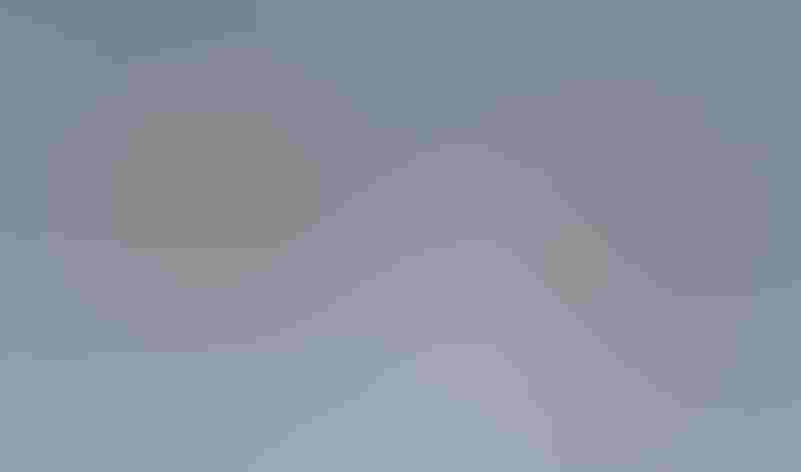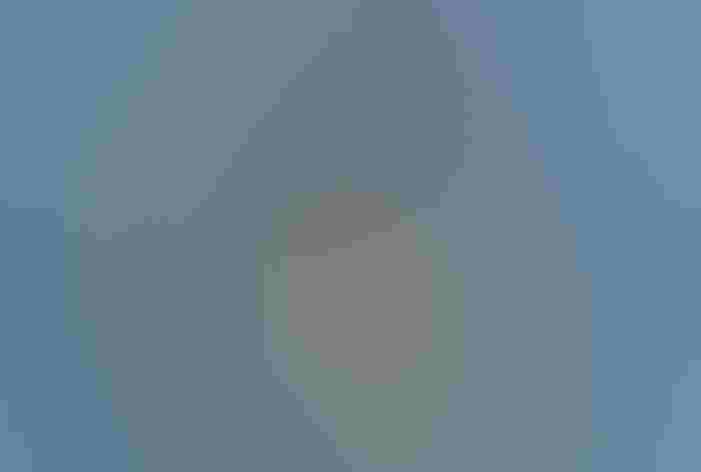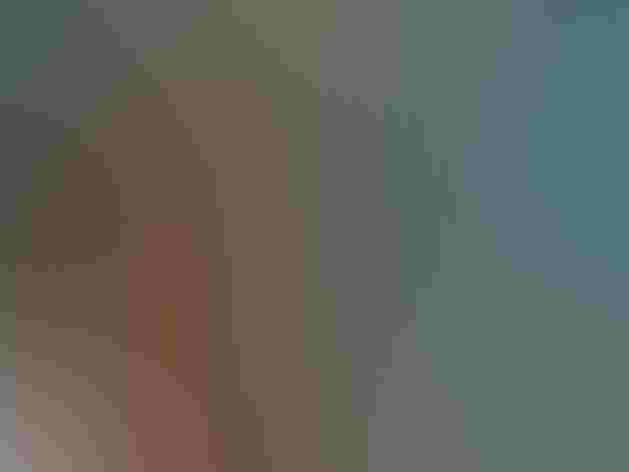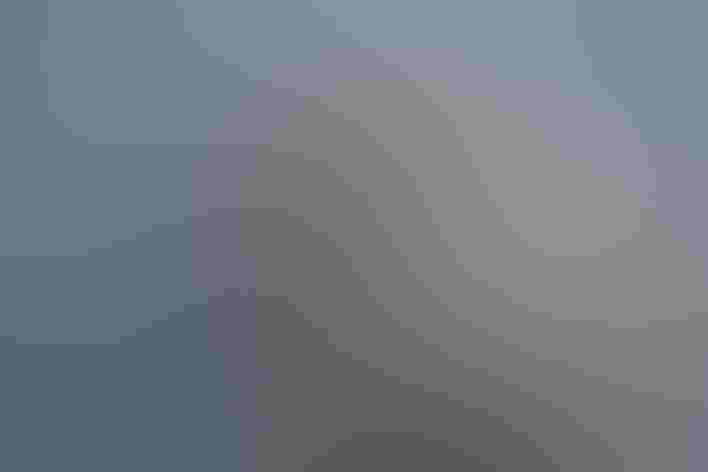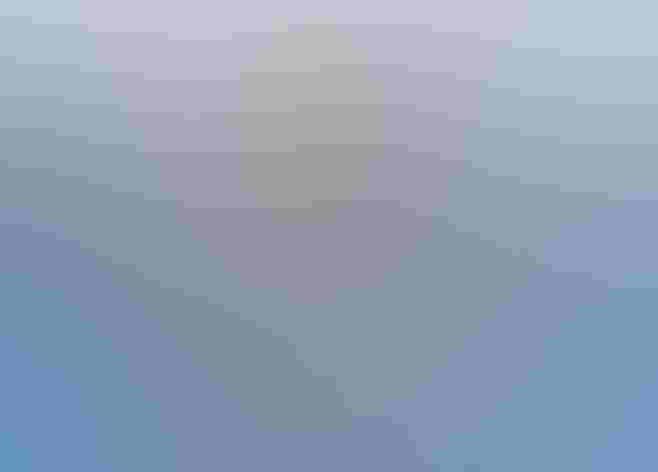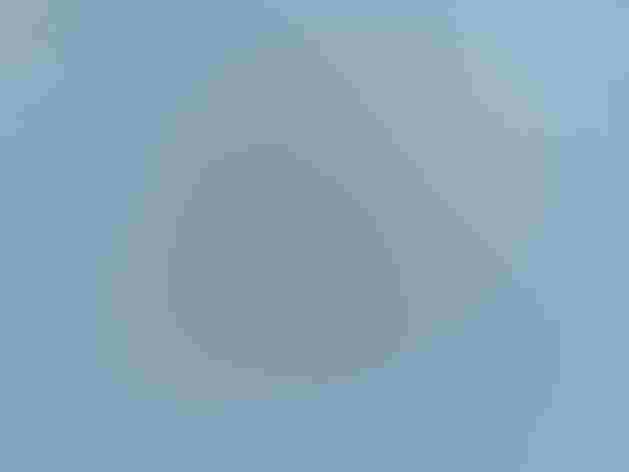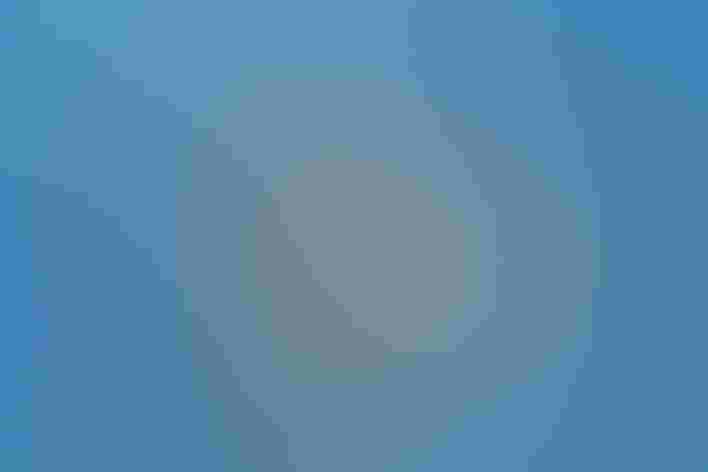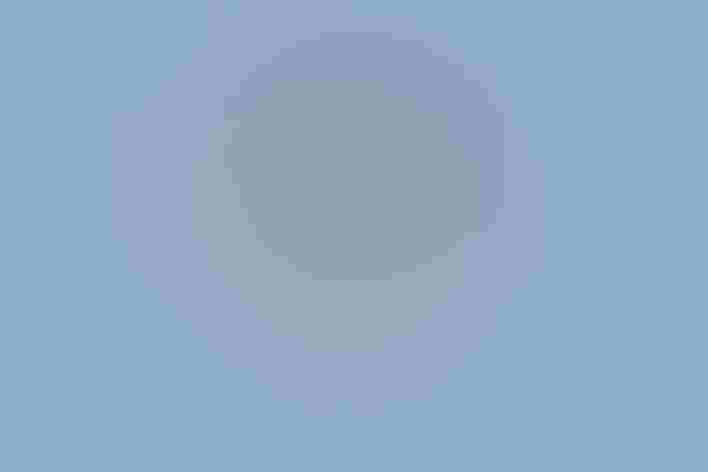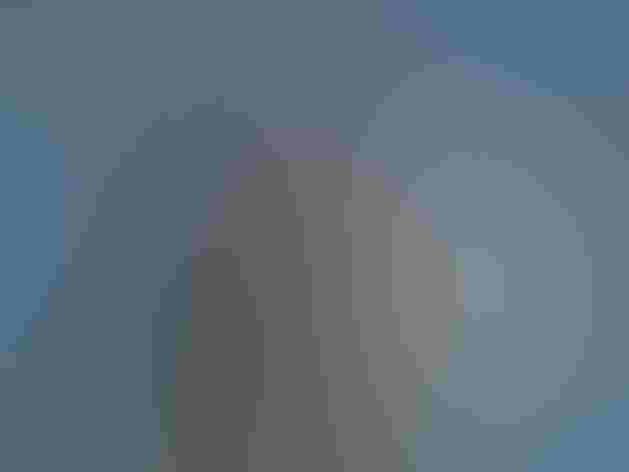Canvasback
At a Glance
This big diving duck, the largest of its genus, is wary and swift in flight, earning the respect of sportsmen. It is a characteristic bird of prairie marshes in summer and saltwater bays in winter. The Canvasback dives for its food, mainly the bases and roots of plants growing underwater. Its specific name of valisineria refers to the technical name of wild celery, an aquatic plant that is among its favored foods.
All bird guide text and rangemaps adapted from by Kenn Kaufman© 1996, used by permission of Houghton Mifflin Harcourt Publishing Company. All rights reserved.
Category
Diving Ducks, Duck-like Birds
IUCN Status
Least Concern
Habitat
Coasts and Shorelines, Freshwater Wetlands, Lakes, Ponds, and Rivers, Saltwater Wetlands
Region
Alaska and The North, California, Eastern Canada, Florida, Great Lakes, Mid Atlantic, New England, Northwest, Plains, Rocky Mountains, Southeast, Southwest, Texas, Western Canada
Behavior
Direct Flight, Formation, Rapid Wingbeats, Swimming
Population
690.000
Range & Identification
Migration & Range Maps
Generally migrates late in fall and early in spring. Migrating flocks fly high, often in V-formation. During years of major drought on the northern Great Plains, many Canvasbacks continue moving north, with larger numbers appearing in Alaska.
Description
19-24" (48-61 cm). Larger than related species of diving ducks. Shape is best field mark: most easily recognized by the long "ski-jump" profile of the head and bill. Male has chestnut head, black bill, black chest, whitish back. Female has pale tan head and neck contrasting with dark bill and grayish body.
Size
About the size of a Crow, About the size of a Mallard or Herring Gull
Color
Black, Brown, Red, White
Wing Shape
Pointed, Tapered
Tail Shape
Pointed, Rounded, Short, Wedge-shaped
Songs and Calls
Males grunt or croak; females quack.
Call Pattern
Flat, Simple
Call Type
Croak/Quack, Rattle
Habitat
Lakes, salt bays, estuaries; in summer, fresh marshes. For nesting shallow marshes in prairie regions. Also large marshy lake complexes to the north, in boreal forest regions, and a few to edge of tundra. In migration mostly on large lakes. Winters mainly near coast, on protected bays and estuaries; also on lakes in interior.
Sign up for ÃÛèÖAPP's newsletter to learn more about birds like the Canvasback
Behavior
Eggs
7-12. Olive-gray. Redheads often lay eggs in Canvasback nests; when this happens, female Canvasback is likely to lay fewer eggs. Incubation is by female only, 23-28 days.
Young
several hours after hatching, young are led to open water by female. Young feed themselves. Female remains with young for several weeks, but departs before they fledge; young are capable of flight roughly 60-70 days after hatching.
Feeding Behavior
Dives for food, usually in water only a few feet deep. In very shallow water may stir up bottom sediments with feet, then up-end to feed; also takes some food from surface of water.
Diet
Mostly plant material. Mainly eats the leaves, roots, and seeds of aquatic plants: pondweeds, wild celery, sedges, grasses, and others. Also eats mollusks, insects, some small fish. In one study in summer, adult males continued to eat mostly plants, while females and young fed on aquatic insect larvae.
Nesting
Pair formation occurs mostly at stopover points during spring migration. Several males may court 1 female. Displays of male include snapping the head far back and then thrusting it forward, while giving clicking and cooing callnotes. Nest site is in marsh, in stands of dense vegetation above shallow water. Sometimes on dry ground. Nest (built by female) is basketlike and bulky, built of dead vegetation, lined with down.
Conservation
Conservation Status
Numbers vary from year to year, but species has been generally declining for some time. Loss of nesting habitat may be the main threat.
Climate Threats Facing the Canvasback
Choose a temperature scenario below to see which threats will affect this species as warming increases. The same ÃÛèÖAPP change-driven threats that put birds at risk will affect other wildlife and people, too.

